Many books deal with mergers and acquisitions (M&As) and how to conduct them; this one focuses primarily on the likelihood that your costly deal will fail. Patrick Gaughan tells you how to avoid bad deals, how to undo them, and what alternatives to consider before entering into an acquisition. The book is full of valuable and even interesting information, and Gaughan’s experience on the legal side of the M&A process shows through – sometimes in the form of stilted language. getAbstract recommends this book to high-level executives, lawyers, and anyone else who stands a chance of getting involved in M&A activity.
Why Companies Merge
A merger is the combination of two corporations into a single entity. Mergers can be friendly or hostile, but they always require you to consider the relevant state and federal laws and regulations. If the merging companies are of sufficient size and power, antitrust laws may come into play, and if either of them is publicly traded, it must comply with securities laws. These are the three main types of mergers:
- Horizontal – Two competitors combine. During the past decade, many companies in the banking industry have merged horizontally.
- Vertical – A buyer and a seller combine. This often happens when a manufacturer buys a distribution network. Vertical mergers can be either forward – toward the final purchasers – or backward – toward the raw material suppliers.
- Conglomerates – Companies that had no previous business relationship combine. Management believes that the company will be able to leverage its expertise and access to financing by acquiring the target firm.
A merger target can either accept or reject a merger offer. If it accepts, the takeover is friendly...











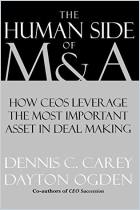
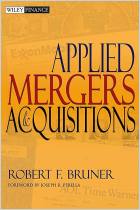
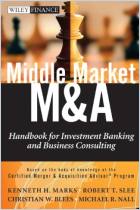
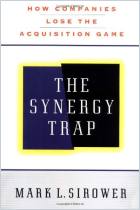
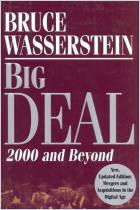
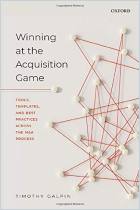






Comment on this summary or 开始讨论